Why NodeAI’s $GPU Token Is Disrupting Cloud GPU Markets
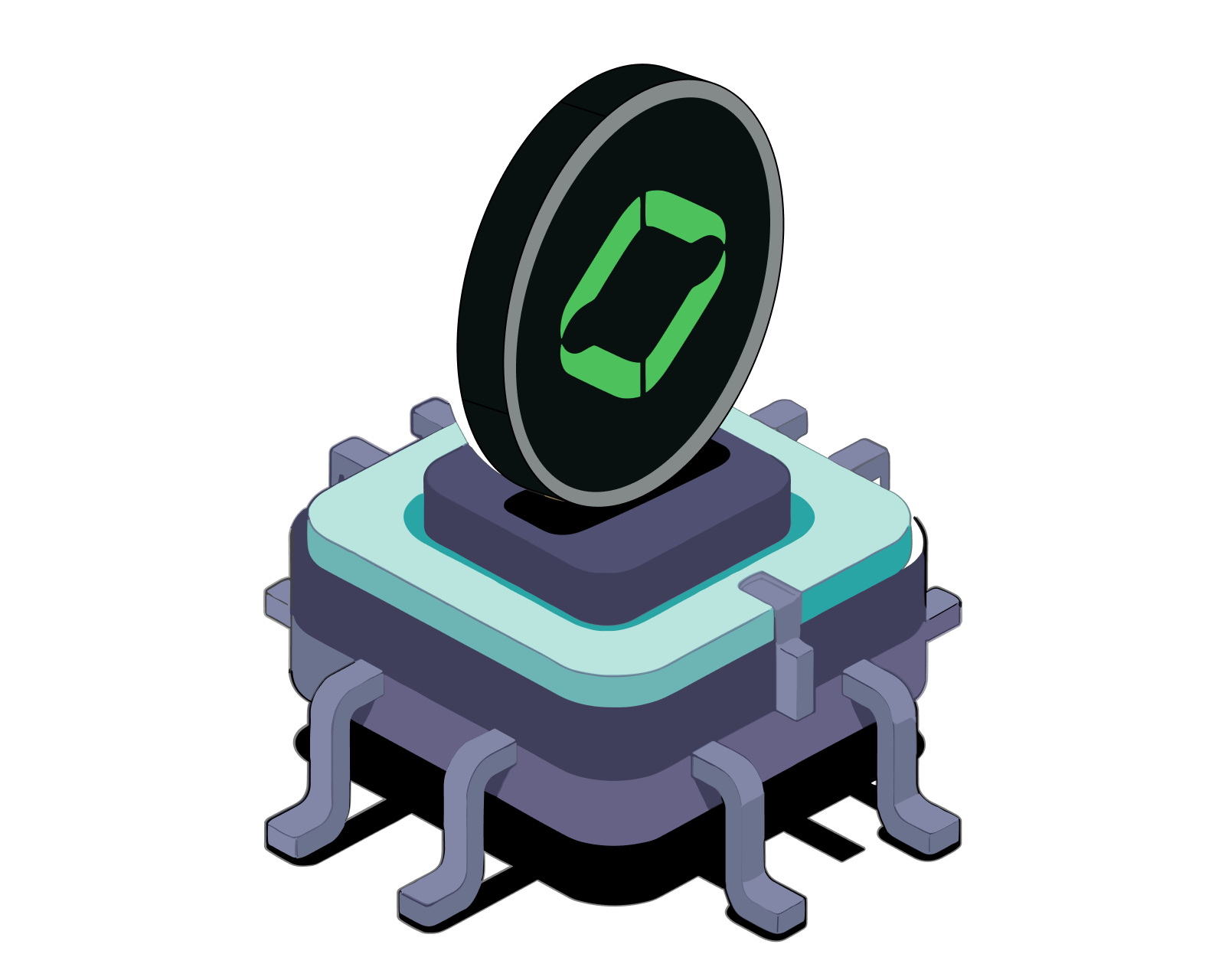
Table of Contents
- Why NodeAI’s $GPU Token Is Disrupting Cloud GPU Markets
- The GPU Crunch: Why It Matters in 2025
- NodeAI’s Architecture: Built for Decentralization
- Tokenomics: Real Yield, Not Hype
- Flagship Features That Set NodeAI Apart
- Real-World Use Cases
- Expanded Use Cases Across Industries
- Roadmap: What’s Coming in 2026
- Phased Development Strategy
- How to Get Started
- Final Thoughts: Why NodeAI is a Disruptor
Why NodeAI’s $GPU Token Is Disrupting Cloud GPU Markets
NodeAI is redefining how the world accesses and monetizes GPU power in the age of artificial intelligence. With demand for compute outpacing Moore's Law and centralized providers hiking prices amid chip shortages, NodeAI offers a decentralized alternative that puts users and contributors first. Powered by the $GPU token, NodeAI enables anyone to rent, lend, or stake GPU resources while earning real rewards in Ethereum (ETH).
The GPU Crunch: Why It Matters in 2025
The rise of AI has created an insatiable demand for computing power. Training today’s frontier large language models (LLMs) requires trillions of floating-point operations per second, and even simple inference tasks like chatbots or real-time video processing consume massive parallel GPU resources.
Hyperscale cloud providers like AWS, Azure, and GCP responded to the chip shortage with steep price increases. The result: GPU capacity is now the "new oil" of the AI economy. Those who control affordable GPU access control the pace of innovation.
NodeAI emerges as a solution to this imbalance. Built since 2022 with no team or VC token allocations, and 100% of its $GPU supply in circulation, NodeAI turns idle compute into a community-owned AI cloud.
NodeAI’s Architecture: Built for Decentralization
NodeAI’s technical foundation is composed of multiple robust layers:
- Infrastructure Layer: Aggregates over 100,000 server-grade GPUs, including H100, A100, L40S, and MI300X chips, across 50+ cloud providers.
- Middleware Layer: Features Kubernetes orchestration, Docker templates, a Dataset Hub, LoRA fine-tuning service, and live migration tools.
- Smart Contract Layer: Uses the $GPU token for payments, staking, revenue share, and soon, decentralized governance through the GPU DAO. All smart contracts are audited by PeckShield.
- User Experience: Offers one-click deployments for AI agents, LLMs, robotics, 3D rendering, and cloud gaming.
NodeAI abstracts dozens of clouds into one API. Like a flight aggregator for compute, it automatically finds the cheapest or lowest-latency GPU for each deployment.
Discover how decentralized autonomous organizations (DAOs) work: What is a DAO?
Tokenomics: Real Yield, Not Hype
The $GPU token isn’t just a payment method - it’s the backbone of a circular economic model designed to benefit users and providers alike.
Revenue Flow Breakdown:
- 25% → Stakers: ETH is distributed to $GPU stakers every block.
- 60% → GPU Providers: Encourages supply growth through lender rewards.
- 15% → Protocol Reserve: Funds audits, R&D, and buybacks.
To date, over $1 million in ETH has been paid to stakers, with an APY of ~19% entirely funded by live network usage.
Token Details:
- Ticker: $GPU
- Contract Address: 0x1258d60b224c0c5cd888d37bbf31aa5fcfb7e870
- Max Supply: 100 million (100% circulating, no team/VC tokens)
- Utility: Pay for compute, stake for ETH rewards, vote in GPU DAO
- Security: PeckShield-audited smart contracts
Flagship Features That Set NodeAI Apart
- GPU Aggregator: Unites AWS, GCP, Azure, Vast.ai, and 50+ more providers. Auto-selects optimal GPUs by price and latency.
- Spot Bidding: Users can bid on idle capacity, saving up to 40% compared to on-demand rates.
- LoRA & Dataset Hub: Simplifies fine-tuning LLMs and managing datasets with encrypted access.
- GPU DAO (Q4 2025): Will allow community voting on fee structures, hardware onboarding, and sustainability initiatives.
- AI Agent Partnerships: NodeAI is integrated with Fetch AI, NeurochainAI, Atheir, Sentio, and others routing high-volume jobs.
Real-World Use Cases
NodeAI is already powering a wide range of cutting-edge applications:
- AI Agents: Run autonomous trading bots using 8x A100s; stakers earn ETH from fees in real time.
- LLM Fine-Tuning: Launch production-ready LLMs like LoRA-Gemma-7B using 4x L40S in under six hours.
- Cloud Gaming: Rent RTX 4090 pods to play GTA VI at 4K/60 FPS; pay-per-minute pricing.
- Robotics: Drones offload vision processing to H100 clusters with sub-50ms round-trip latency.
- Academic Research: Use MI300X GPUs for 2,500 hours at one-third the cost of hyperscale clouds.
Expanded Use Cases Across Industries
Beyond specific applications already running on NodeAI today, the platform’s decentralized GPU infrastructure enables a wide range of industry-specific innovations:
AI Model Training and Development
- Deep Learning: Train image recognition, NLP, and predictive models using powerful GPU clusters.
- Data Preprocessing: Accelerate large-scale dataset cleaning and transformation prior to model training.
Graphics Rendering and Animation
- 3D Rendering: Cut rendering times for complex animation and architectural visualization.
- Video Editing: Speed up post-production workflows with GPU-enhanced visual effects.
Scientific Research and Simulation
- Climate Modeling: Run detailed simulations for forecasting and environmental science.
- Bioinformatics: Power genome sequencing and protein-folding research with parallel GPU processing.
Gaming and Virtual Reality
- Game Development: Build and test graphics-intensive games on RTX-optimized GPU pods.
- VR Content: Render immersive, real-time virtual environments for education and entertainment.
Financial Modeling and Analysis
- Algorithmic Trading: Execute backtests and live trading algorithms at scale.
- Risk Analysis: Perform high-frequency financial simulations to assess market volatility.
Healthcare and Medical Imaging
- Medical Image Processing: Analyze CT scans, MRIs, and X-rays with AI precision.
- Drug Discovery: Simulate chemical interactions and molecular structures to accelerate R&D.
Edge Computing and IoT
- Smart Cities: Process IoT sensor data for traffic, utilities, and safety in real time.
- Autonomous Vehicles: Enable real-time object detection and navigation algorithms.
Content Creation and Media
- Augmented Reality (AR): Build AR experiences for advertising, education, and design.
- Media Streaming: Enhance video compression and delivery using GPU-optimized pipelines.
NodeAI continues to evolve, unlocking more applications across industries as the demand for affordable, high-performance AI infrastructure grows.
Roadmap: What’s Coming in 2026
- Phase 01: Aggregator Mainnet ✓ Live
- Phase 02: GPU DAO Launch ✓ Live
- Phase 03: 100K GPUs Online
- Phase 04: Carbon-Aware Scheduler
- Phase 05: zkBilling & TEE Toolkit
With Phase 2 now underway, NodeAI is transitioning from core infrastructure to governance, optimization, and innovation. This hybrid roadmap - combining community, technical, and financial goals - reflects its commitment to decentralizing GPU access while scaling global AI workloads.
Phased Development Strategy
NodeAI’s roadmap is structured around three strategic growth stages - Foundation, Expansion, and Scaling - each of which aligns with technical milestones and development rollouts across five distinct phases (above). NodeAI’s roadmap reflects a deliberate strategy focused on decentralization, accessibility, and AI performance at scale. The project has currently reached a major milestone marking growth from foundation to real-world expansion.
1. Foundation and Community Building
- Launch of NodeAI’s website and decentralized app (DApp)
- Fair launch of the $GPU token with 0 team/VC allocation
- Introduction of staking to reward early supporters
- Community-building and referral program initiatives
2. Expansion and Partnerships
- Launch of GPU node rental for individuals and businesses
- Enabling passive income via GPU lending
- Deployment of enterprise-grade GPU nodes
- Strategic partnerships with AI-focused companies
- Expansion of the global GPU network
3. Scaling and Innovation
- Development of deep learning benchmarks for evaluating nodes
- Integration of blockchain node capabilities
- Launch of scalable AI endpoints for advanced use cases
- Seven-figure revenue target to fund further innovation
- GPU aggregator platform for seamless multi-cloud access
This roadmap illustrates NodeAI’s commitment not just to infrastructure, but also to economic alignment, accessibility, and continuous technical advancement.
How to Get Started
- Browse live GPU pricing: manage.nodes.ai
- Deploy with templates: Pick, click, launch
- Stake to earn ETH: manage.nodes.ai/staking
- Explore docs and APIs: docs.nodes.ai
Final Thoughts: Why NodeAI is a Disruptor
NodeAI proves that community-owned infrastructure can outperform centralized cloud providers in cost, transparency, and alignment. With zero insider allocations, 100% of compute revenue flows to contributors and token holders.
In an era of rising AI demand, NodeAI offers a permissionless way to stake, save, and scale - creating a decentralized GPU market for everyone.
Join the NodeAI community
- Website: nodes.ai
- X: @NodeAIETH
- Telegram: t.me/nodeaieth
This article gives a general overview of NodeAI. As the platform grows, details may change. Always check official NodeAI sources for the latest information.
Related guides
Start from here →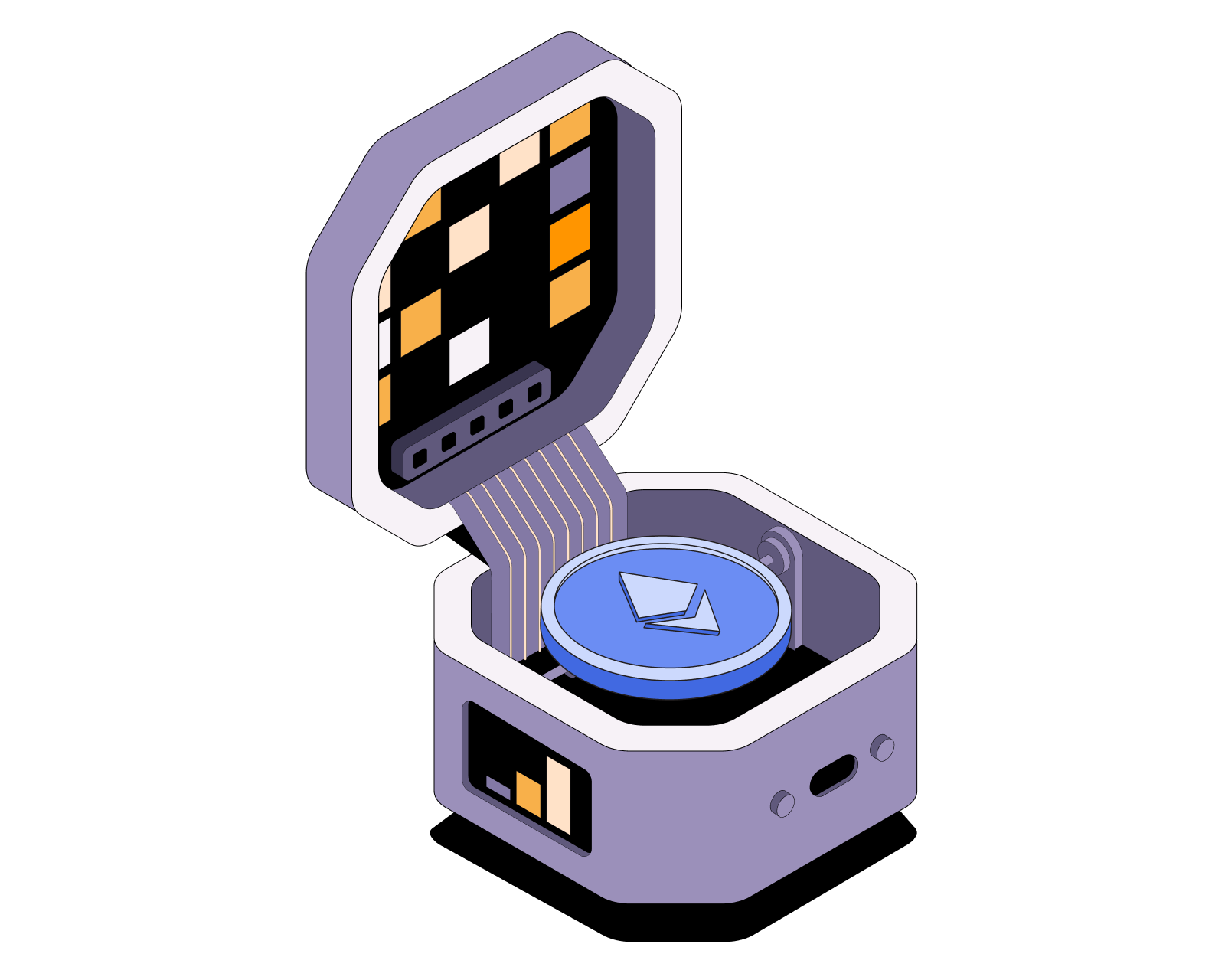

What is Ethereum?
Understand Ethereum's key characteristics.
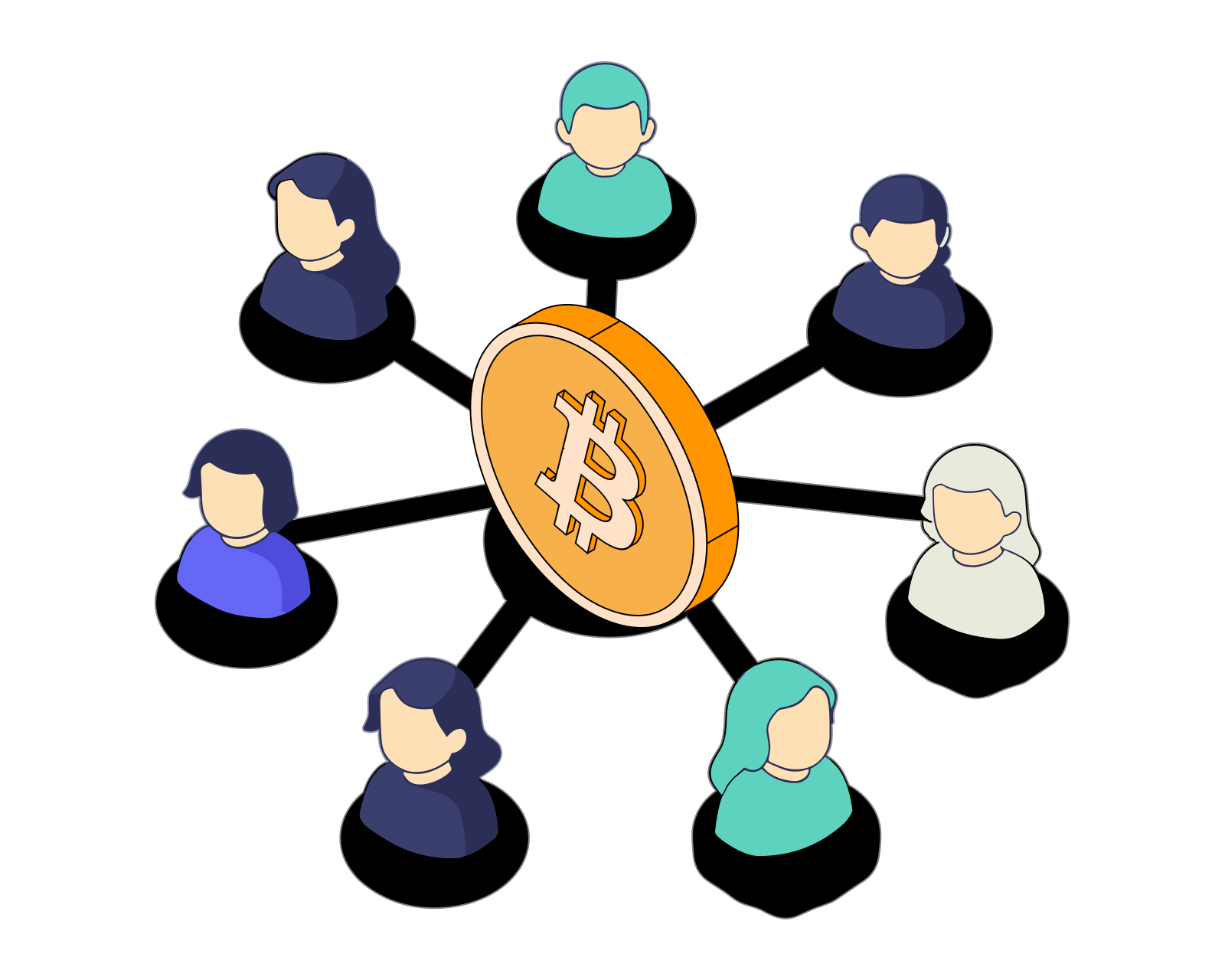

What is a DAO?
Discover what a DAO is, how it works, and more.
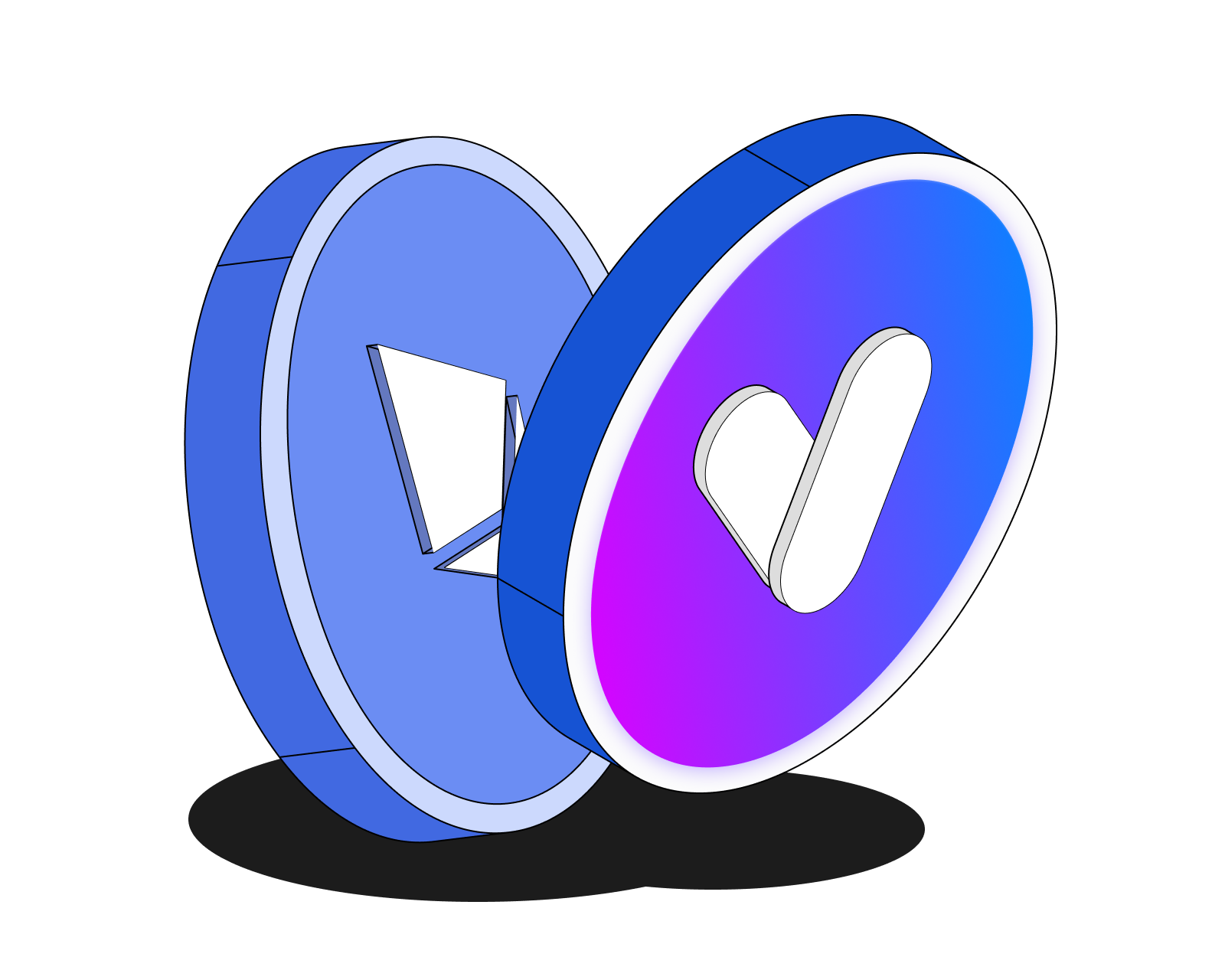
What's a dApp?
Discover what dApps are, how they work, advantages and disadvantages, and more.
Read this article →
What's a dApp?
Discover what dApps are, how they work, advantages and disadvantages, and more.
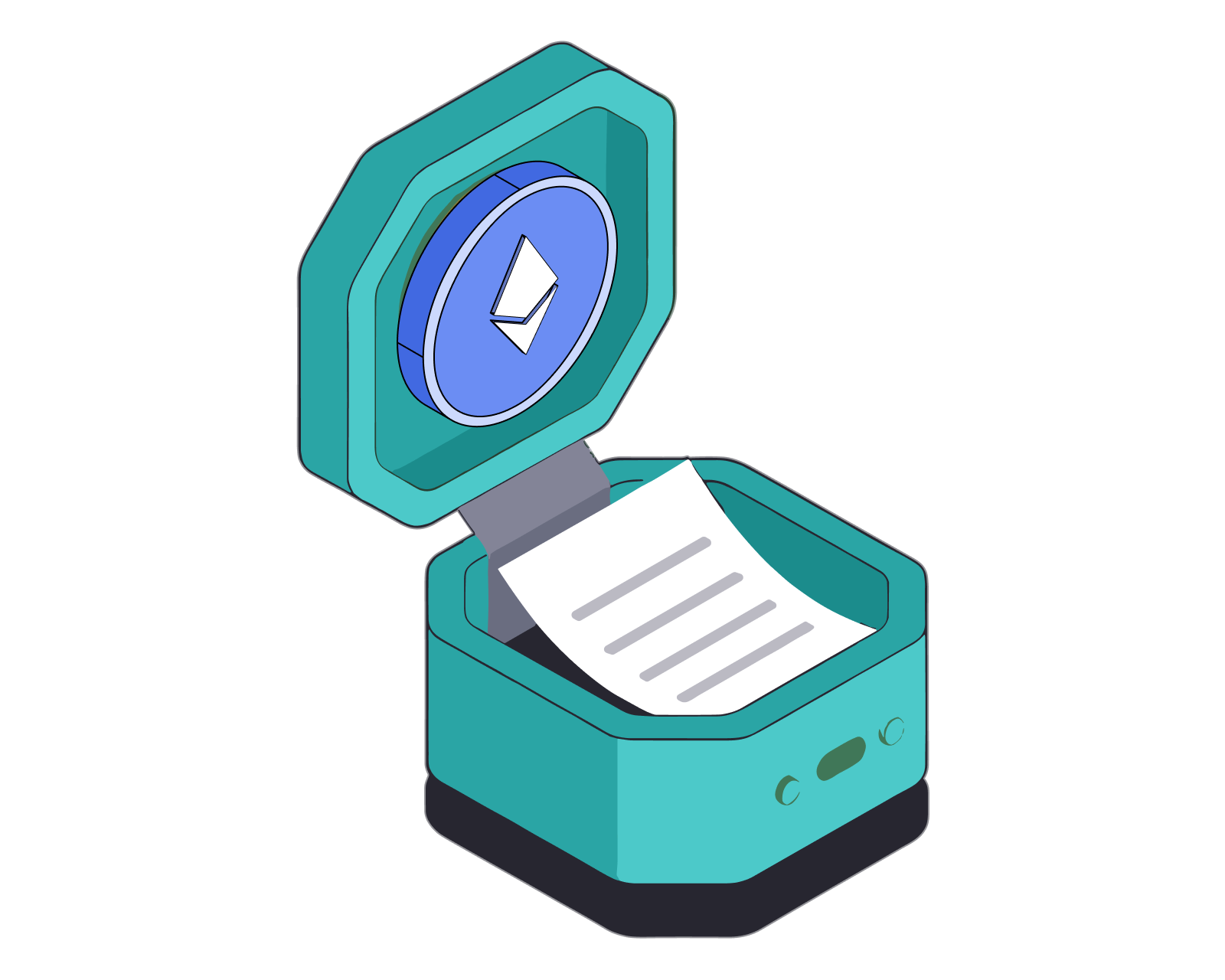
What's a smart contract?
Get the basics on the "software" that runs on decentralized networks.
Read this article →
What's a smart contract?
Get the basics on the "software" that runs on decentralized networks.
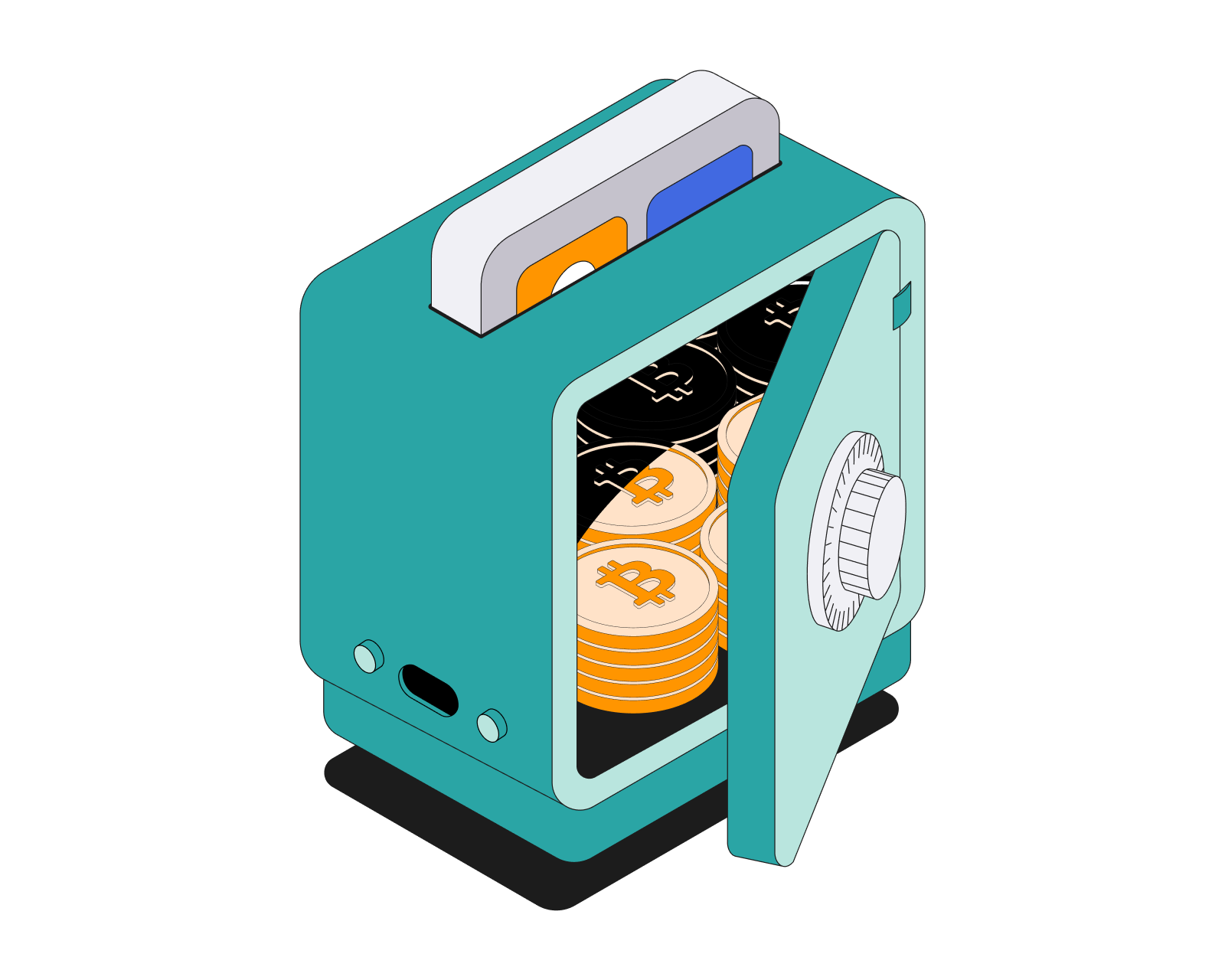
How do I keep my cryptoassets safe?
Make sure your cryptoassets are safe with these simple tips.
Read this article →
How do I keep my cryptoassets safe?
Make sure your cryptoassets are safe with these simple tips.
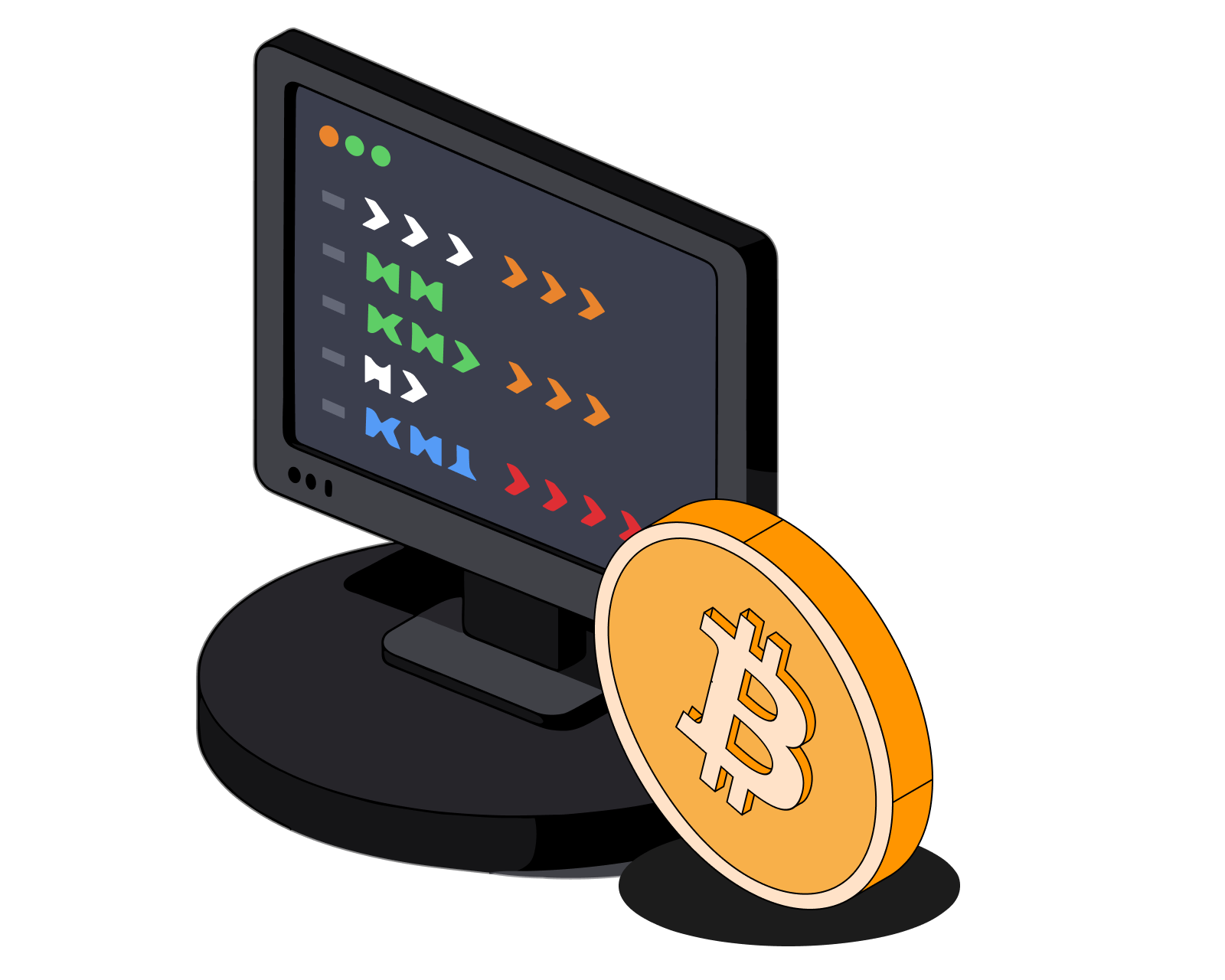
What is a Bitcoin Node
A Bitcoin node is a computer that runs the Bitcoin software and participates in the Bitcoin network, playing a vital role in its security and decentralization.
Read this article →
What is a Bitcoin Node
A Bitcoin node is a computer that runs the Bitcoin software and participates in the Bitcoin network, playing a vital role in its security and decentralization.
STAY AHEAD IN CRYPTO
Stay ahead in crypto with our weekly newsletter delivering the insights that matter most
Weekly crypto news, curated for you
Actionable insights and educational tips
Updates on products fueling economic freedom
No spam. Unsubscribe anytime.
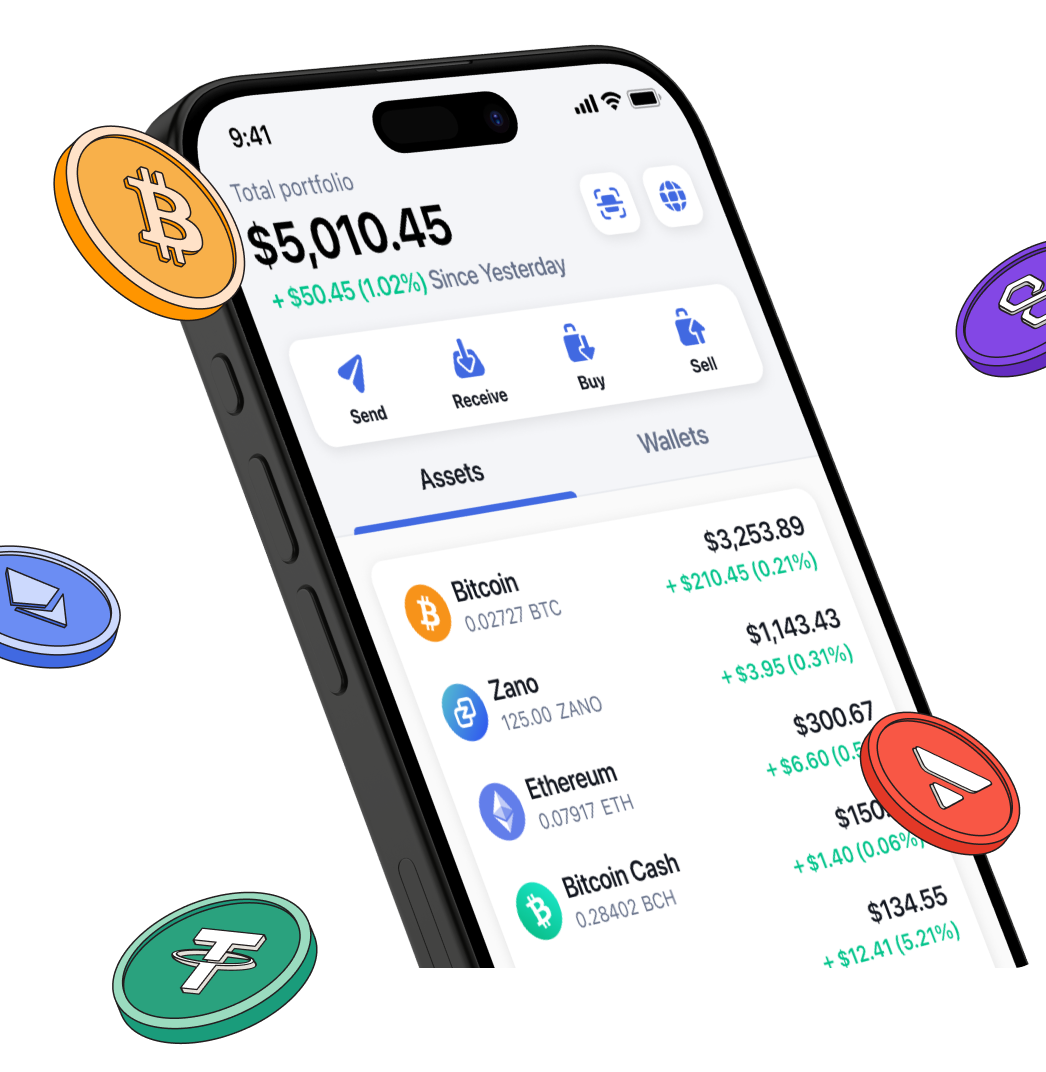
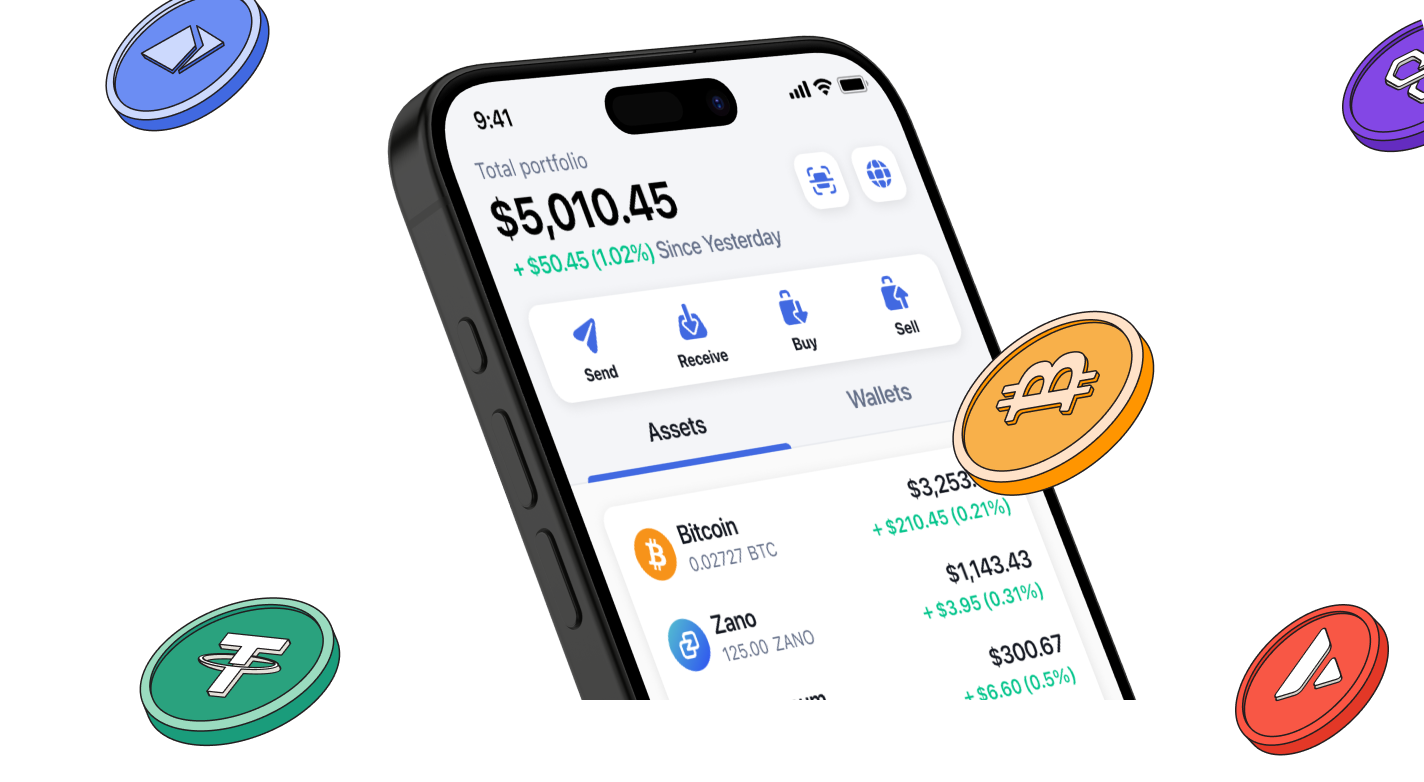
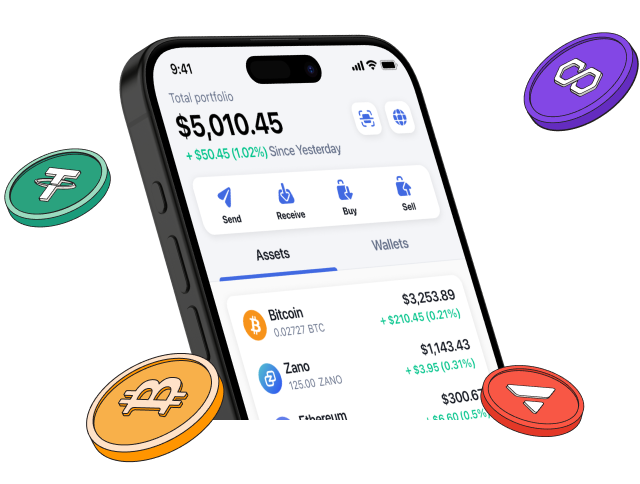
Start investing safely with the Bitcoin.com Wallet
Over wallets created so far
Everything you need to buy, sell, trade, and invest your Bitcoin and cryptocurrency securely

© 2025 Saint Bitts LLC Bitcoin.com. All rights reserved


